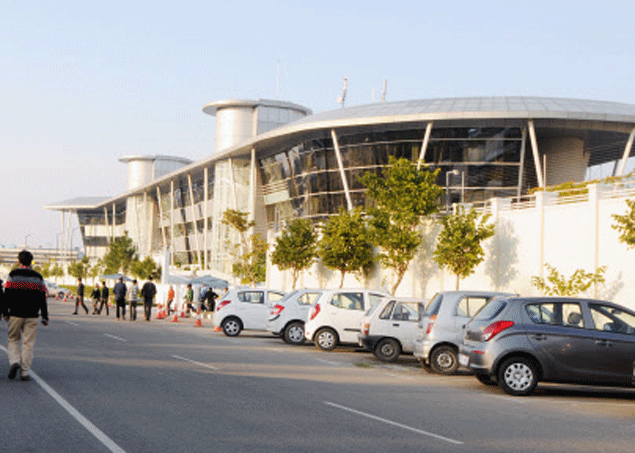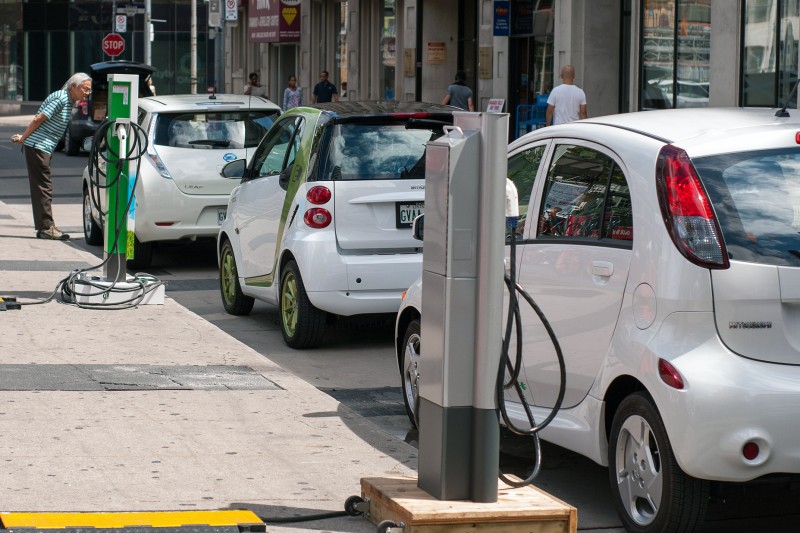Sustainable “Smart” Cities
Today, there are over 400 cities worldwide whose populations have swollen to over one million inhabitants. Twenty of these massive urban centers are referred to as “mega-cities”, with populations numbering at 10 million or above. These giant clusters of human activity, because of their enormous needs for energy, drinkable water and breathable air, are already anticipating the effects of global warming and looming climate shifts. However, they are also in a unique position to lessen the environmental impact of hundreds of thousands of us all at once. Reducing the overall carbon footprint of massive urban centers and thereby conserving our dwindling resources is achievable through the convergence of new digital technology trends and the advent of the Internet of Things.
The Arrival of Smart Cities
Smart cities are utilizing digital technologies to more efficiently operate infrastructure, assist inhabitants in reducing energy and water consumption, increase convenience and provide unprecedented levels of communication. The deployment of smart, connected devices within a city’s buildings, lighting networks, transportation systems and utilities is improving both the quality and sustainability of life for urban dwellers. Furthermore, smart technologies are providing invaluable, fine-grained data regarding resource usage for planners and inhabitants as never before.
Reducing Urban Energy Consumption Intelligently
Smart buildings, loaded with embedded sensors and actuators connected via IoT optimize energy costs by selecting among energy sources such as the electric grid or rooftop solar cells. They store energy when costs are lowest and return surpluses to the grid when prices or demand are higher. Other connected sensor networks optimize consumption via learning occupancy patterns or adjusting the transparency/reflectivity of smart glass to match solar and weather conditions.
A municipal traffic system using thousands of IoT sensors and high connectivity adjusts traffic light patterns to avoid congestion and idling cars. Drivers receive alerts via GPS-mapped hotspots on dashboards or smartphones regarding congestion areas, emergencies, parking availability and alternate public transportation options. The utilization and efficiency of city public transportation networks is significantly increased via optimized routing and timing of subways, surface trains and busses that respond to contextual information such as special events, weather or vehicular traffic conditions.
Smart Cities Induce Collective Awareness
Besides reductions in commute times, transportation emissions and building energy use, self-aware municipalities provide new opportunities for citizenry collaboration. For instance, a smart city is able to automatically measure and monitor water consumption and the efficiency of its delivery network. System leaks can be located and repaired more rapidly and other high water usage pinpointed. Such data, shared with citizens via broadcast or smart home systems enables greater transparency and opportunities for collective action to be effected.
A downside of smart cities is the potential for security breaches. Maintaining the highest confidence of its citizens will be paramount to avoid obstacles to acceptance of urban smart tech. Again, however, in a more closely connected urban area, the citizens themselves possess increased vigilance capability to detect or be informed of any breakdown in smart security systems, which will reduce or eliminate a single event’s impact.
The application of smart devices, sensors, actuators and increased connectivity is vital if urban areas are to optimize their energy efficiency, closely manage resource usage and provide an attractive and sustainable increase in the comfort of their citizenry. These efforts require large-scale planning, deep infrastructure changes, transparent security measures plus a high degree of acceptance by inhabitants initially. Retaining confidence as applications take hold will ensure smart technologies provide the greatest impact in urban carbon footprint reduction. Given that urban areas are growing each day, the urgency to begin employing new smart technologies has never been higher.












